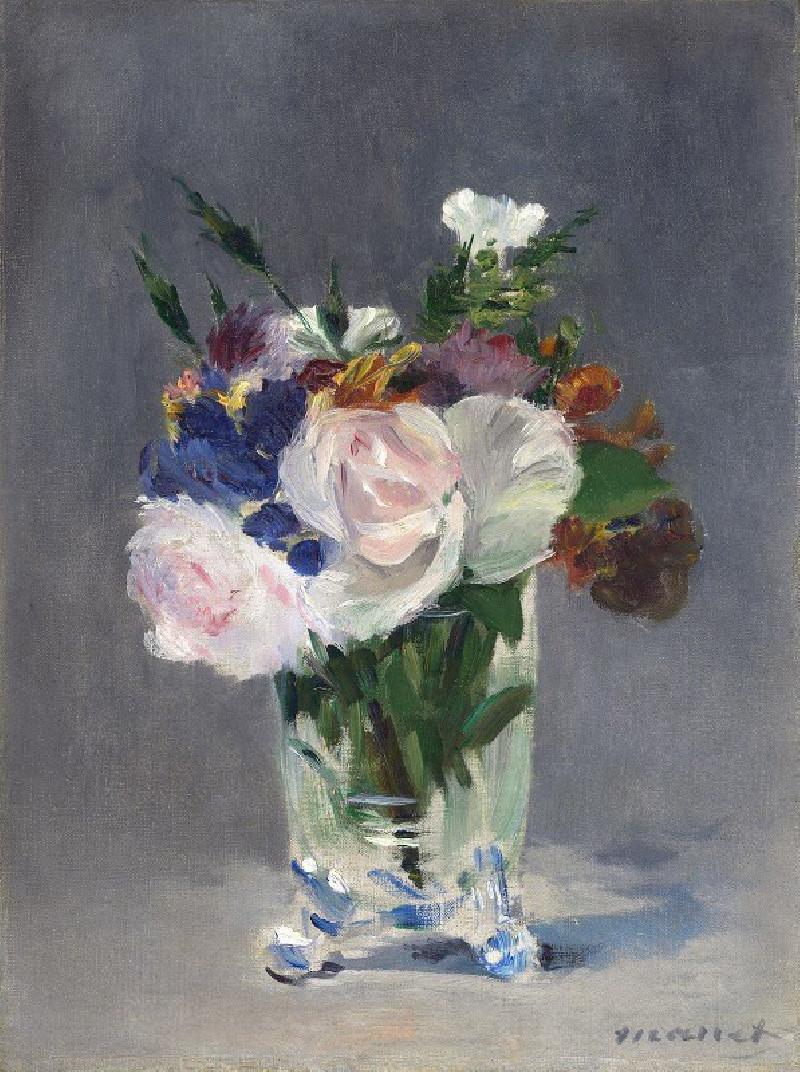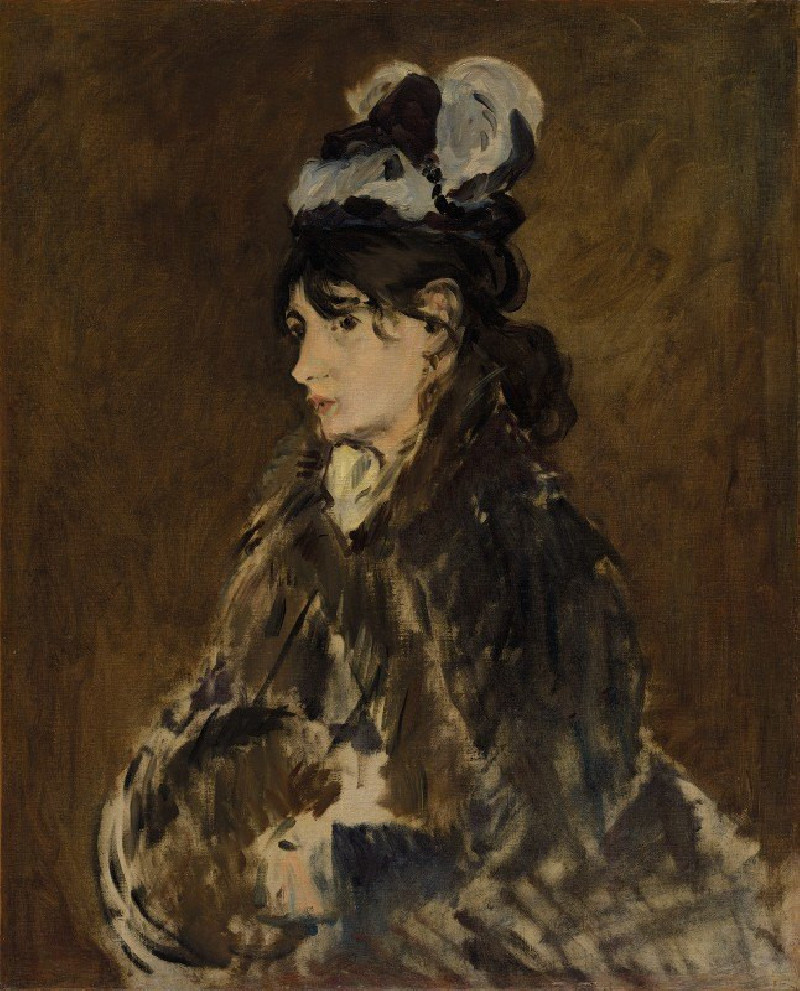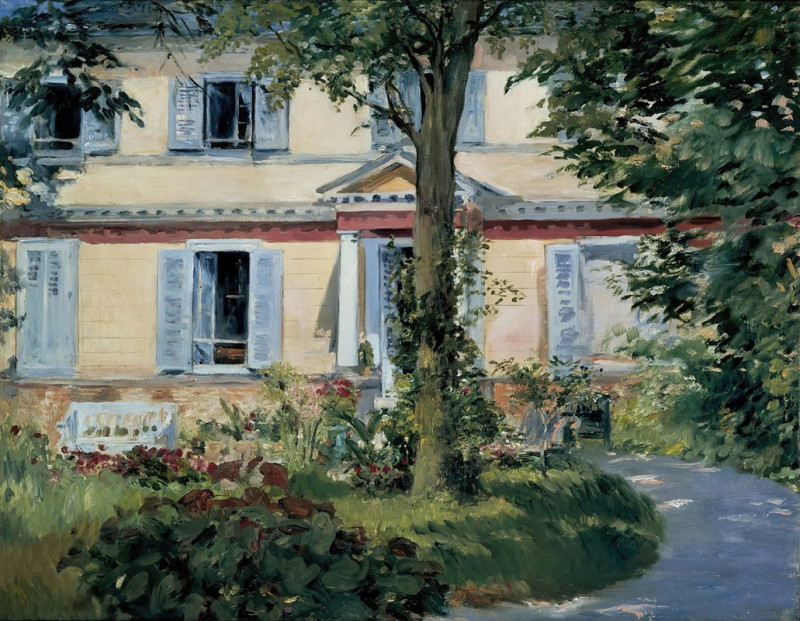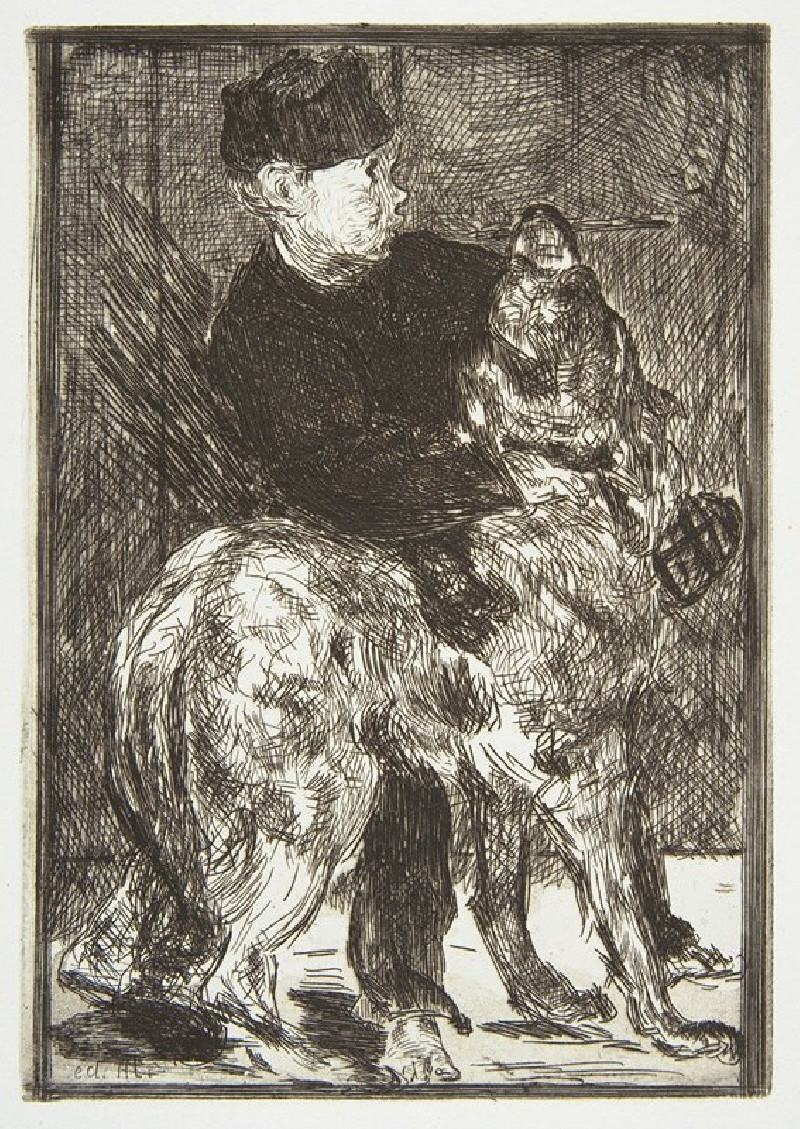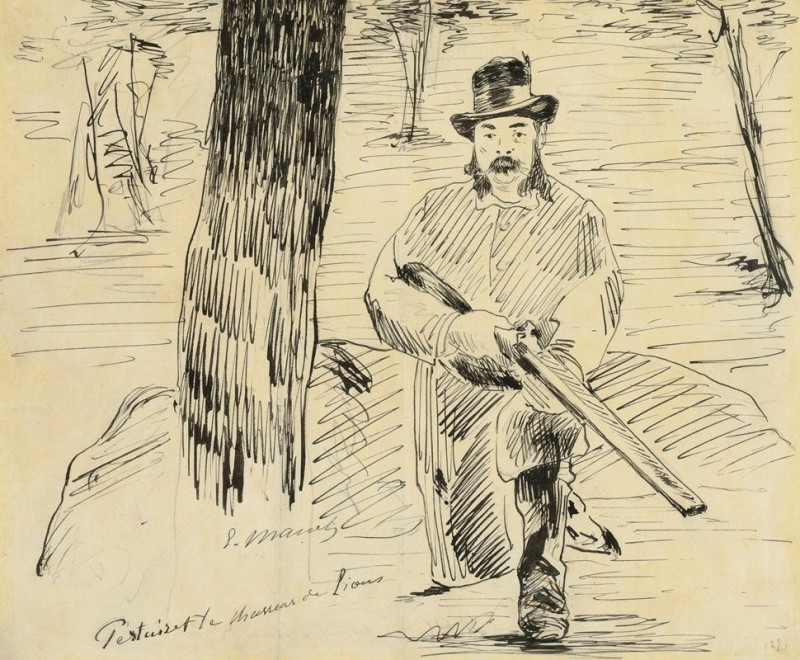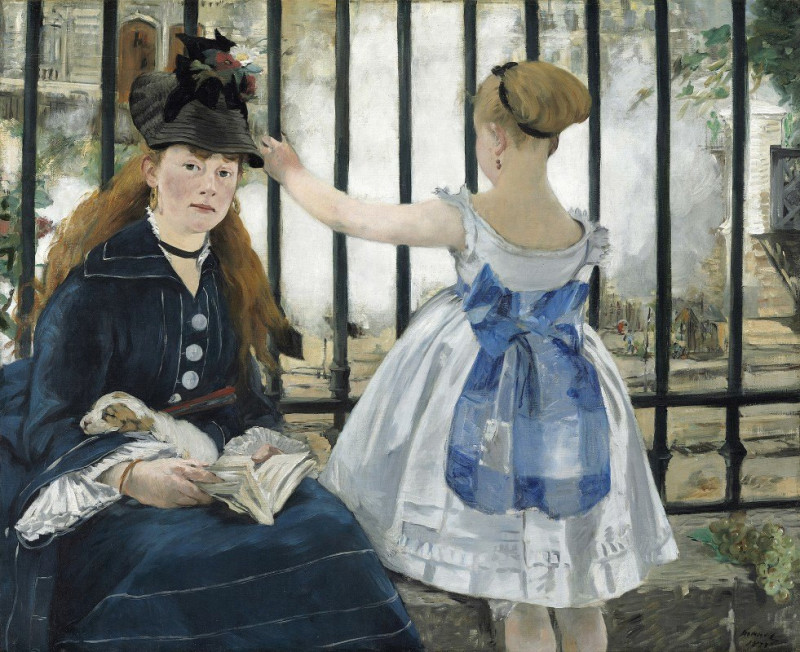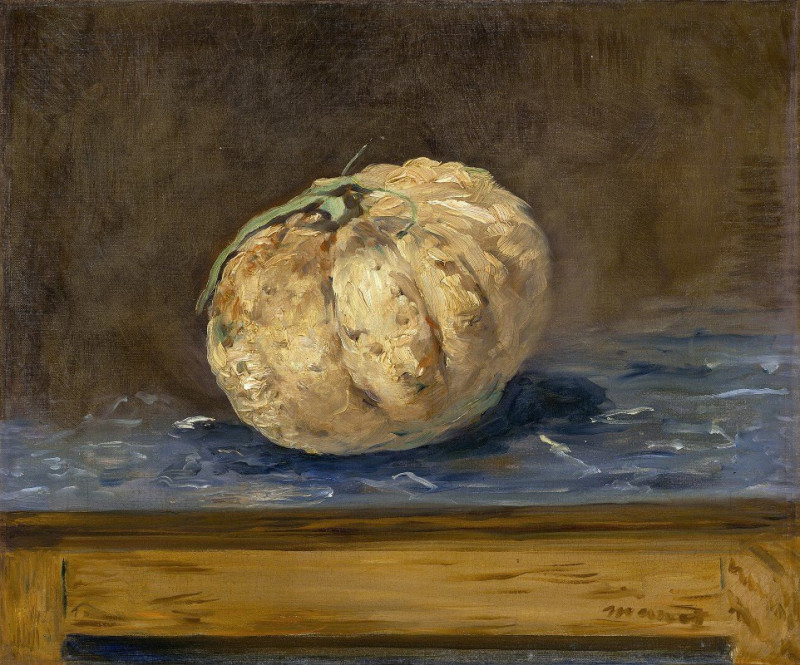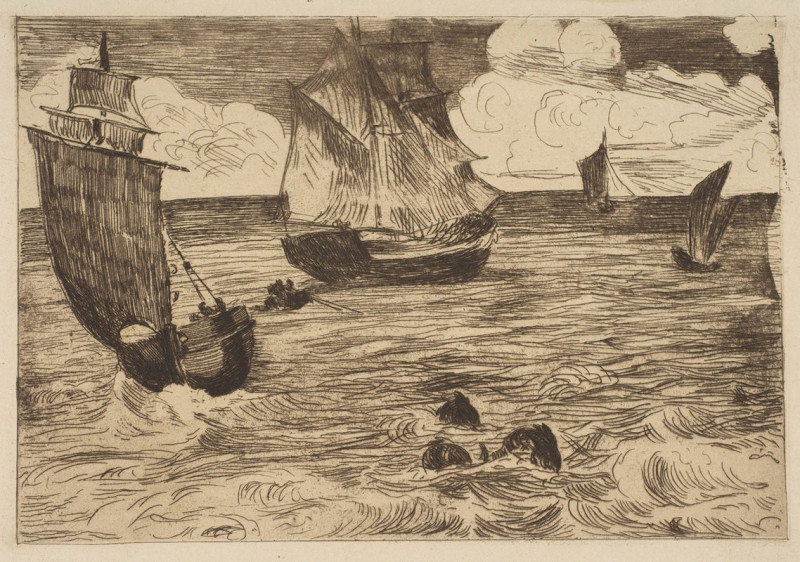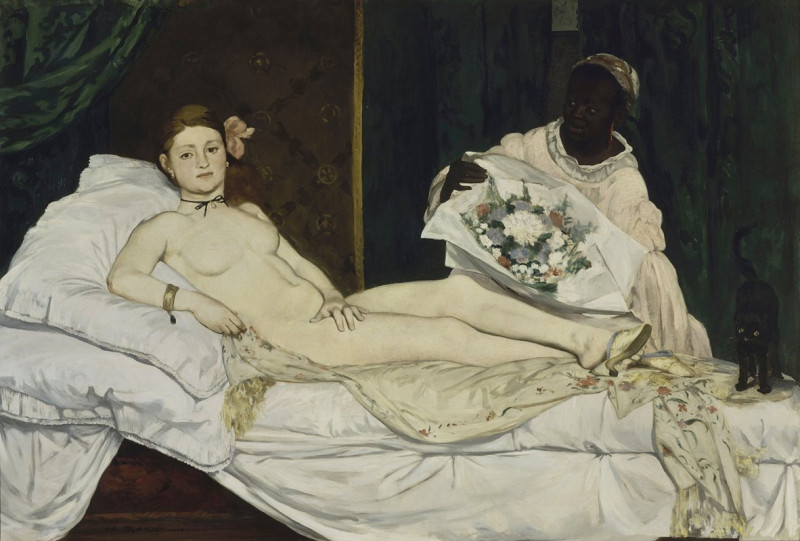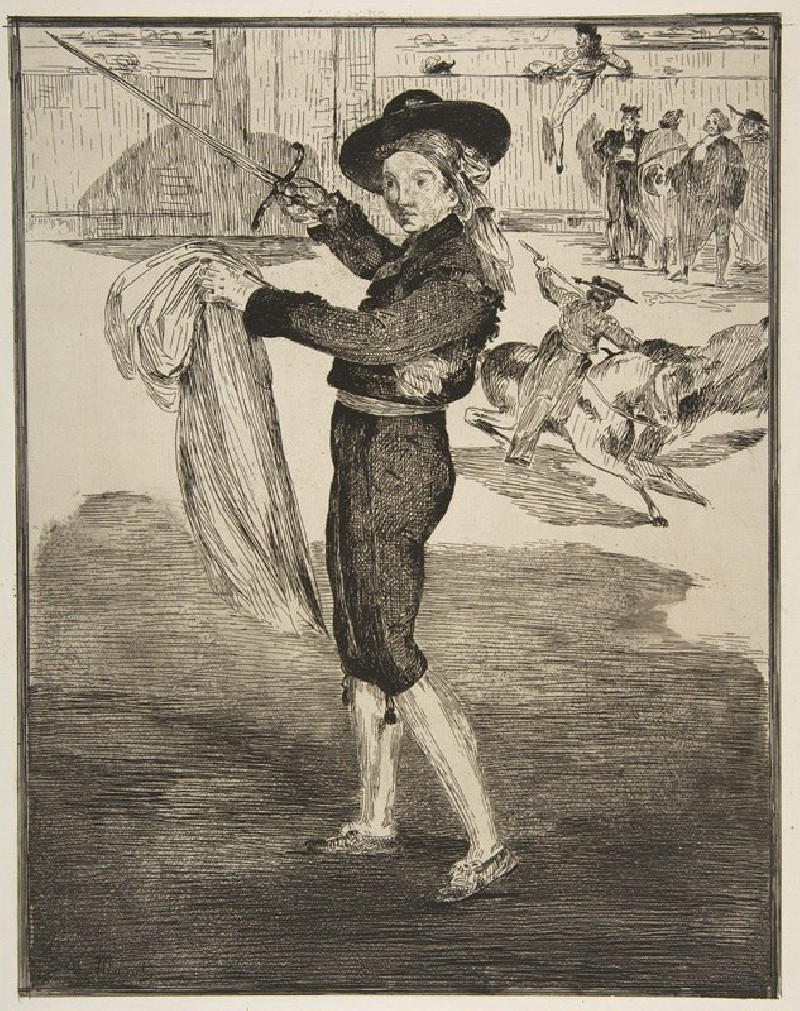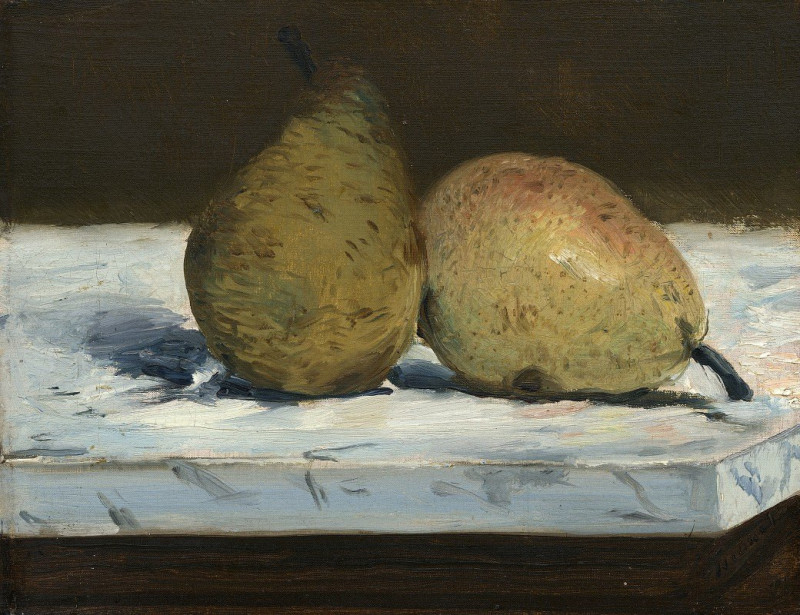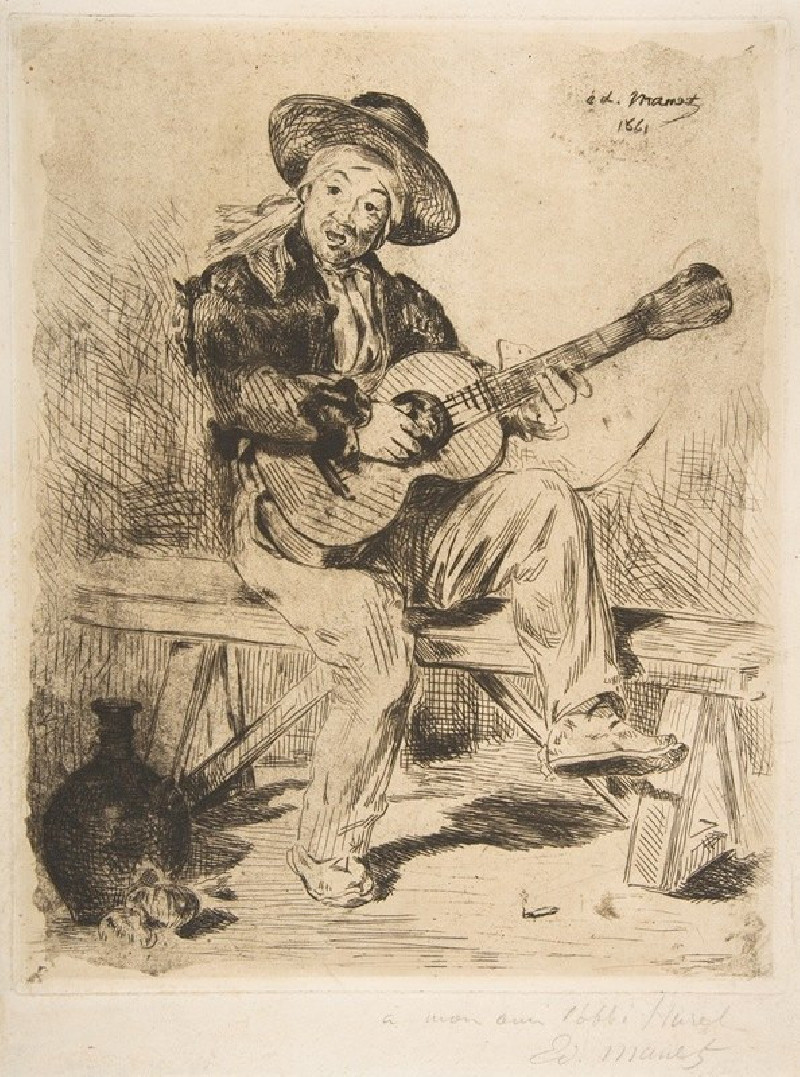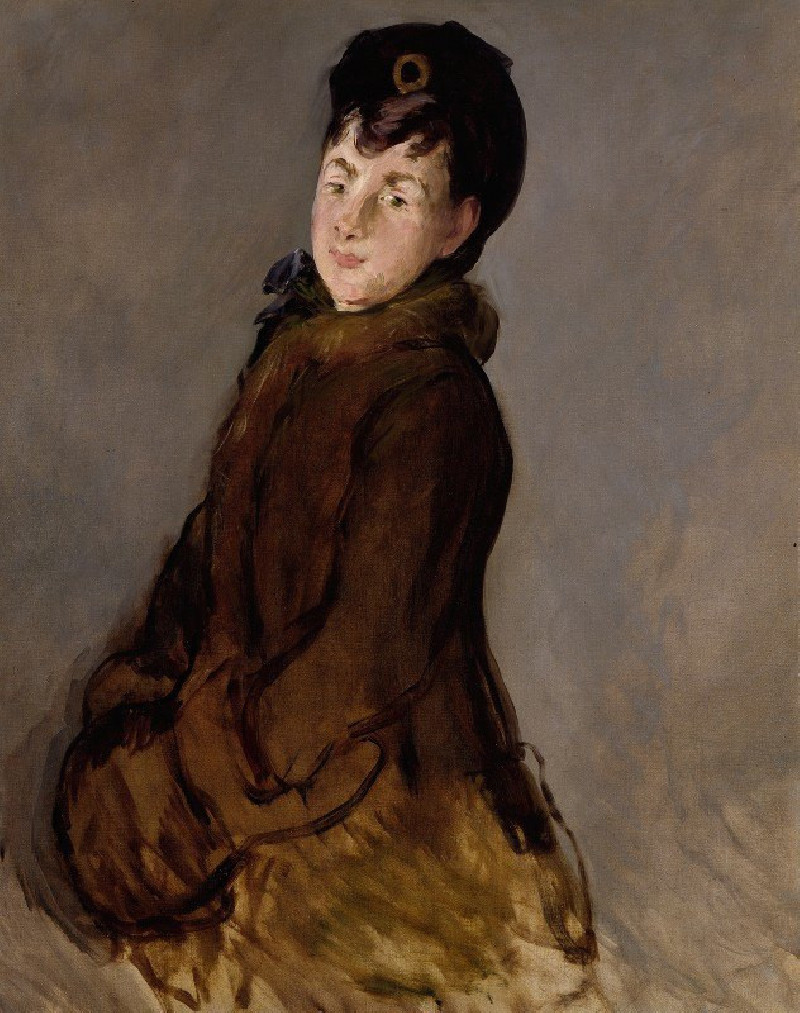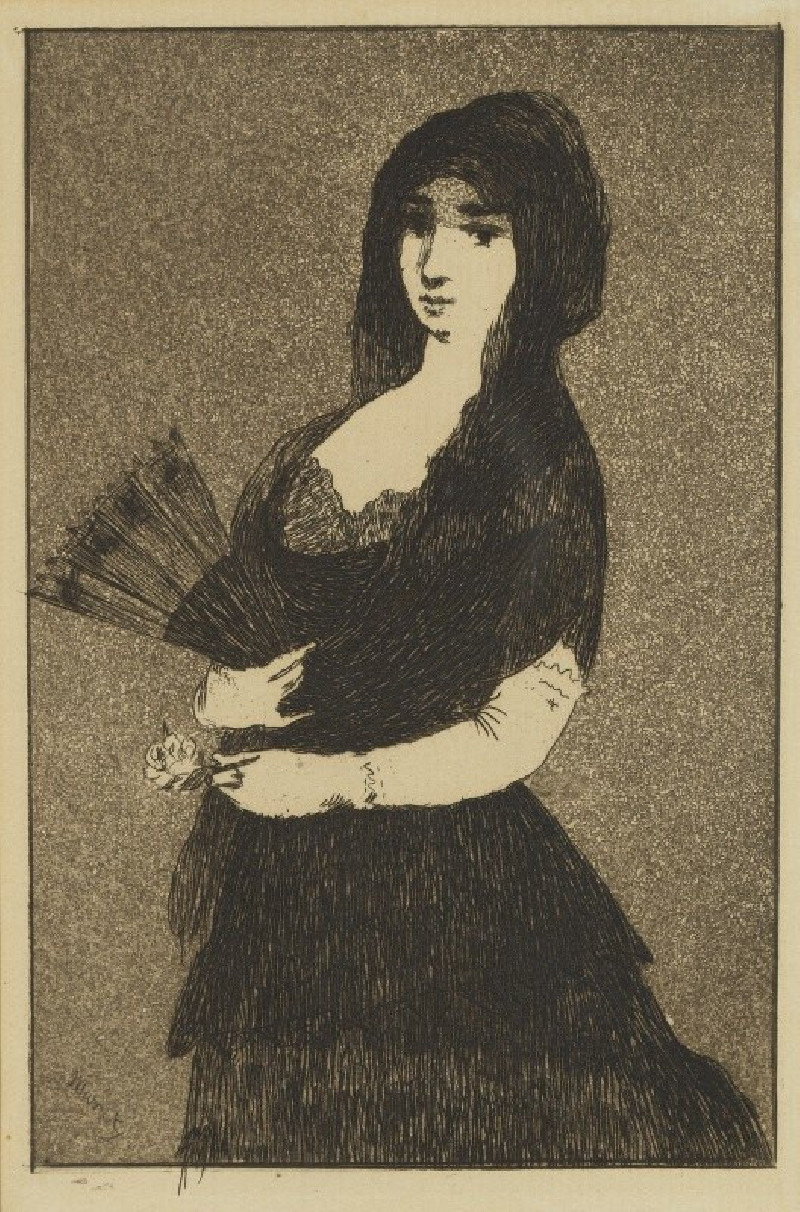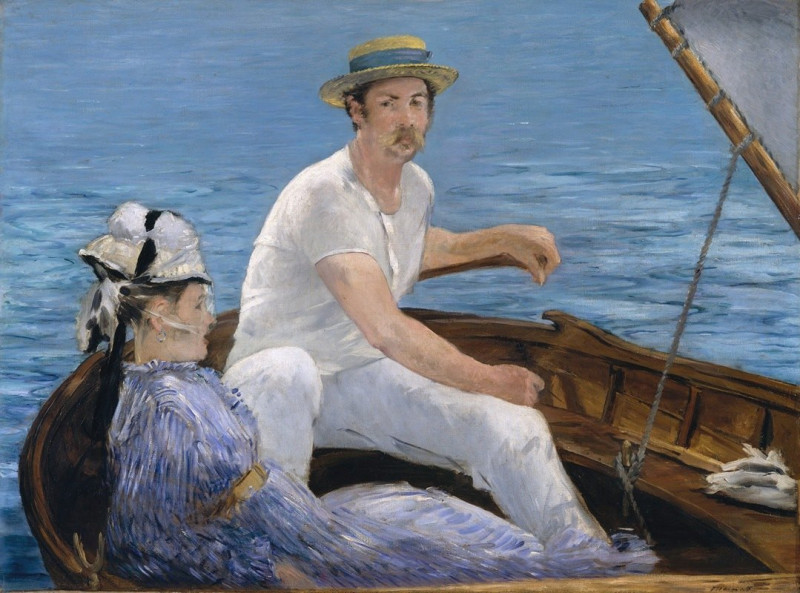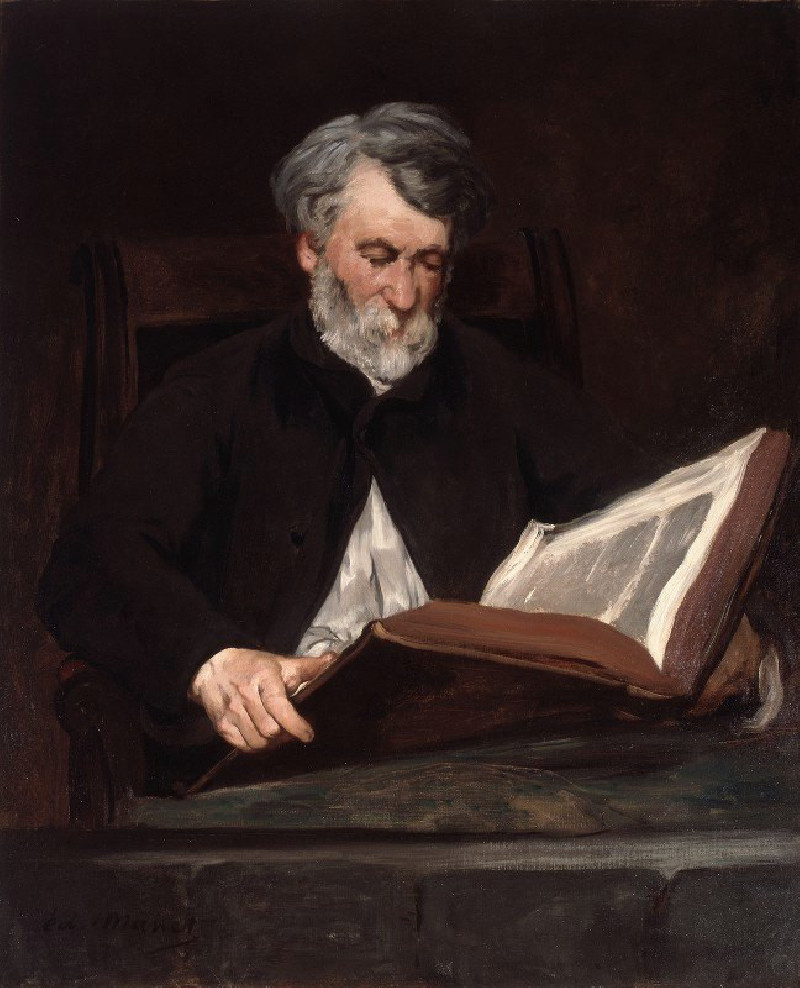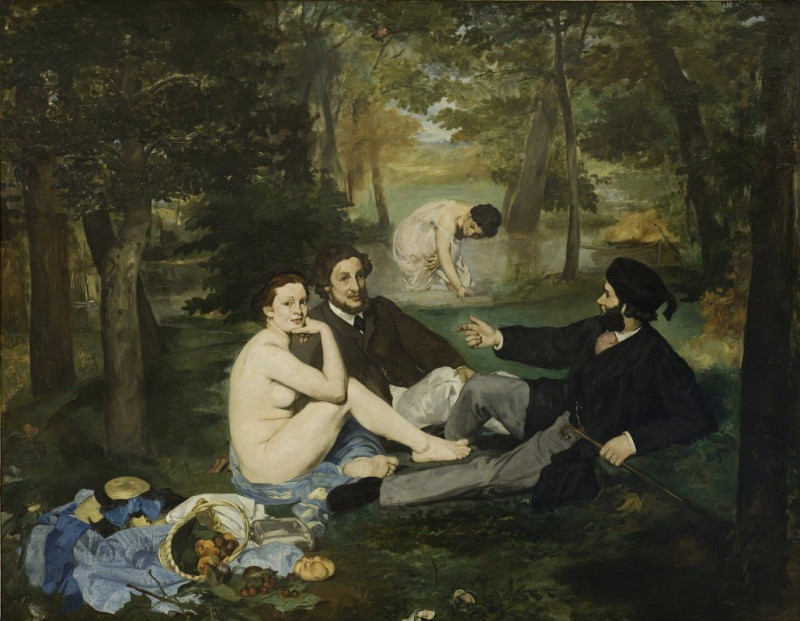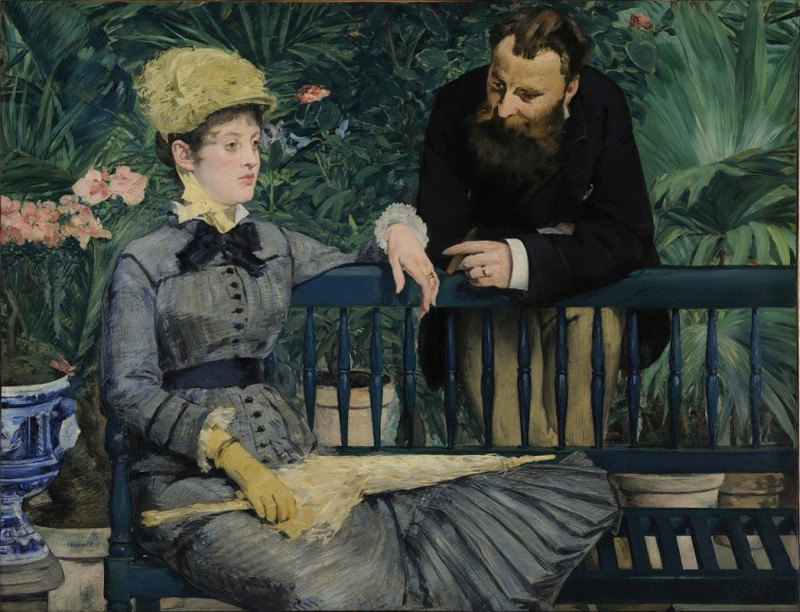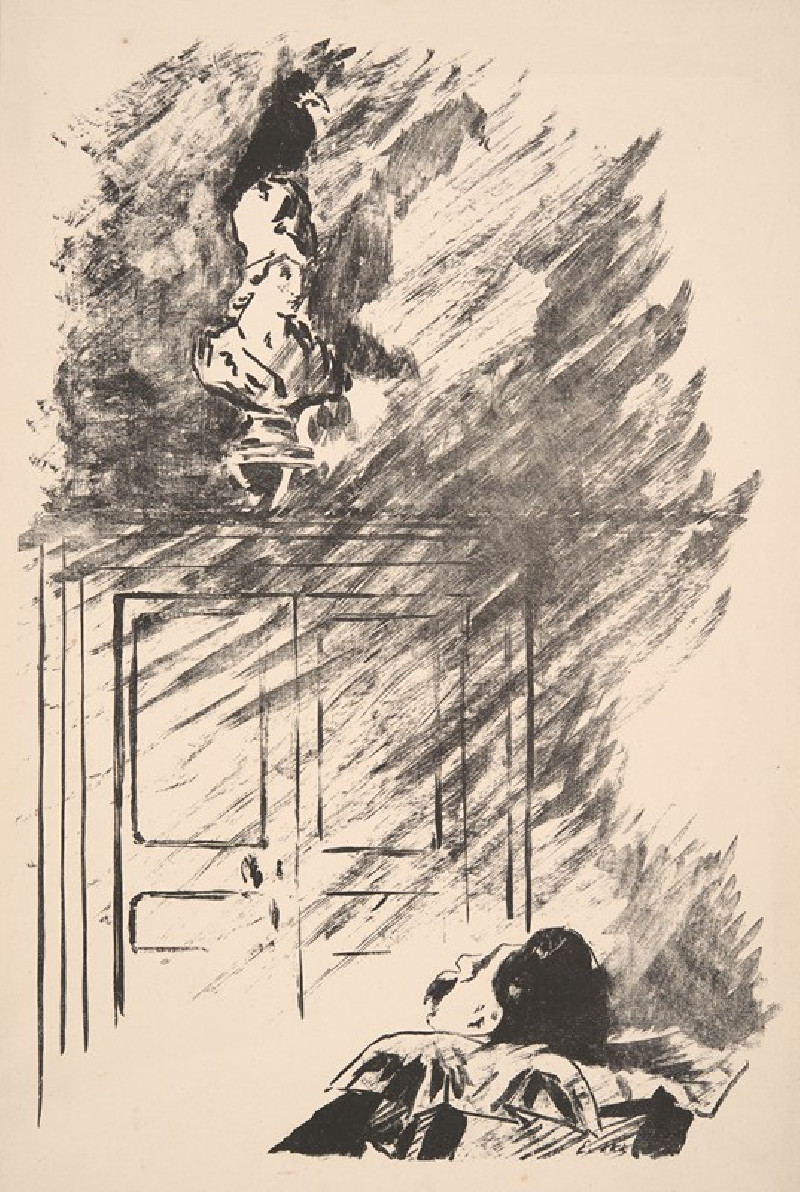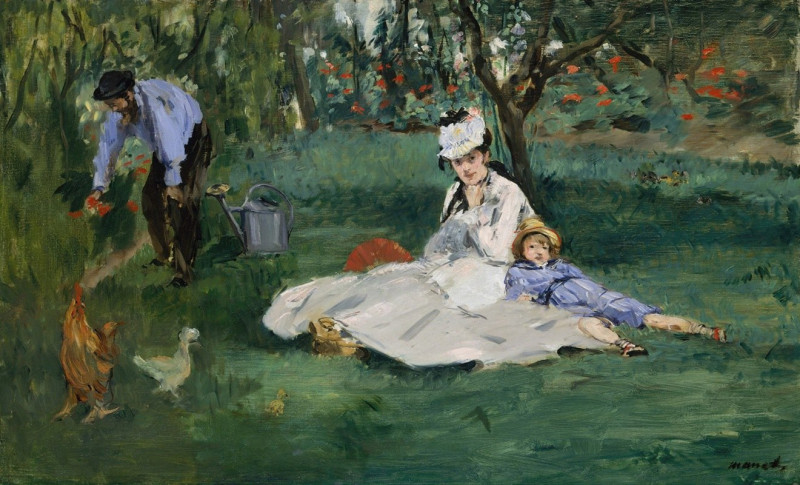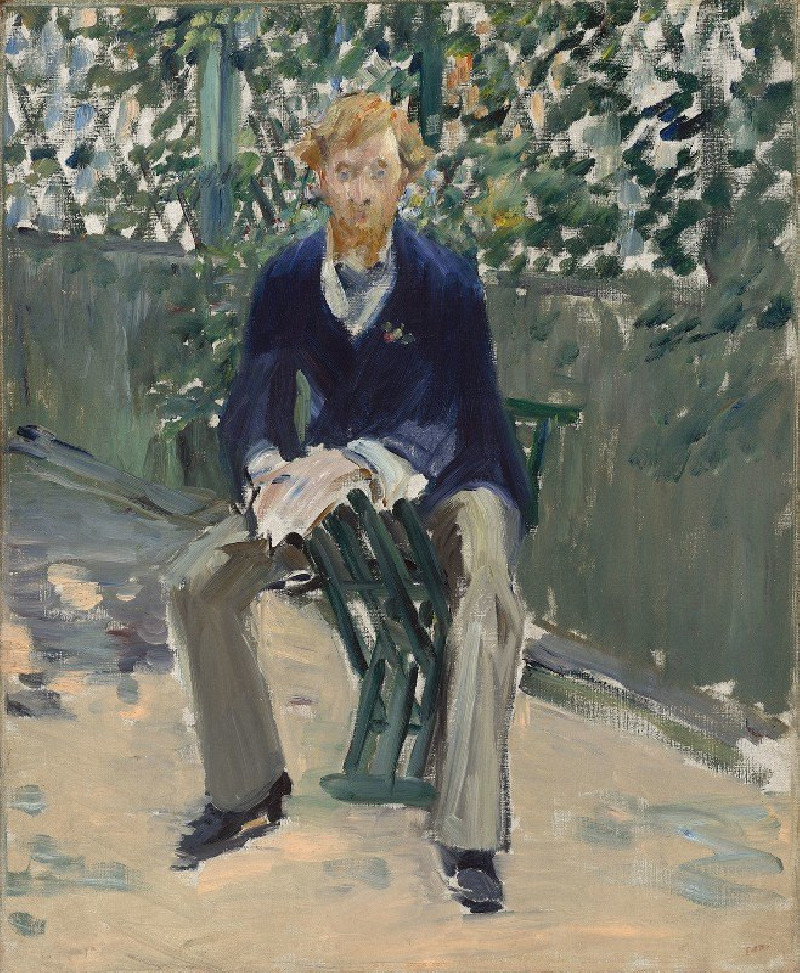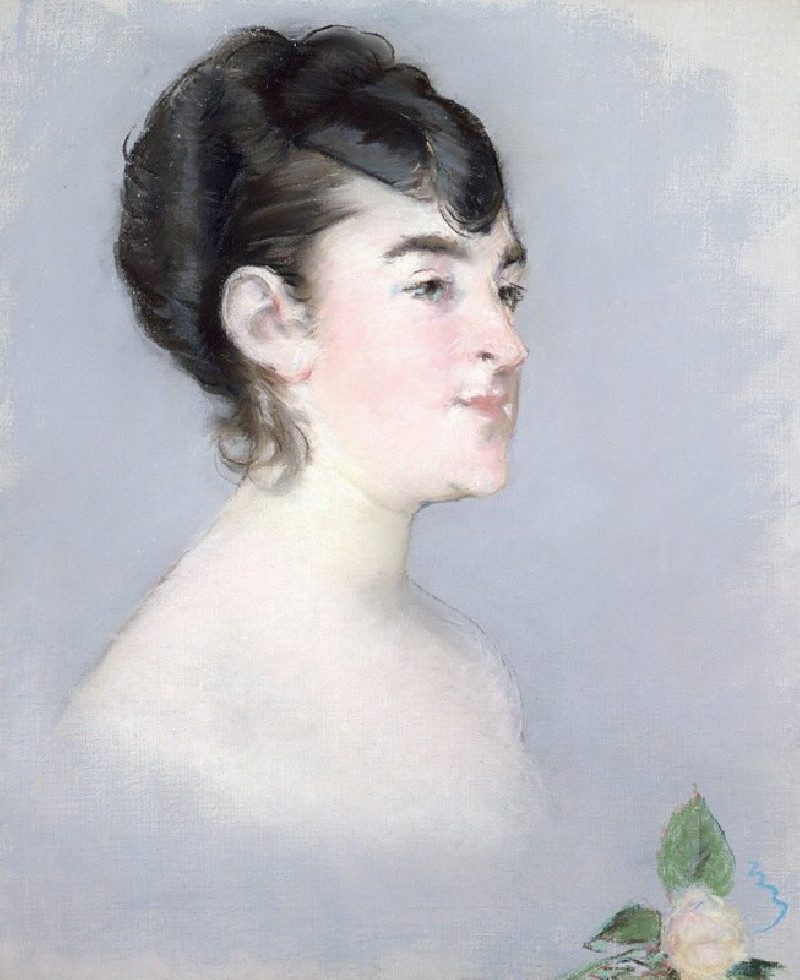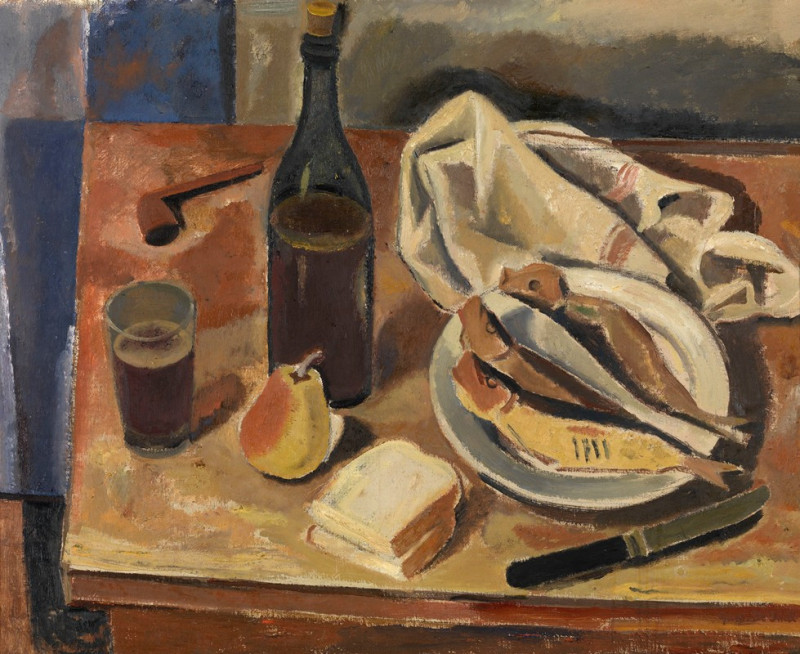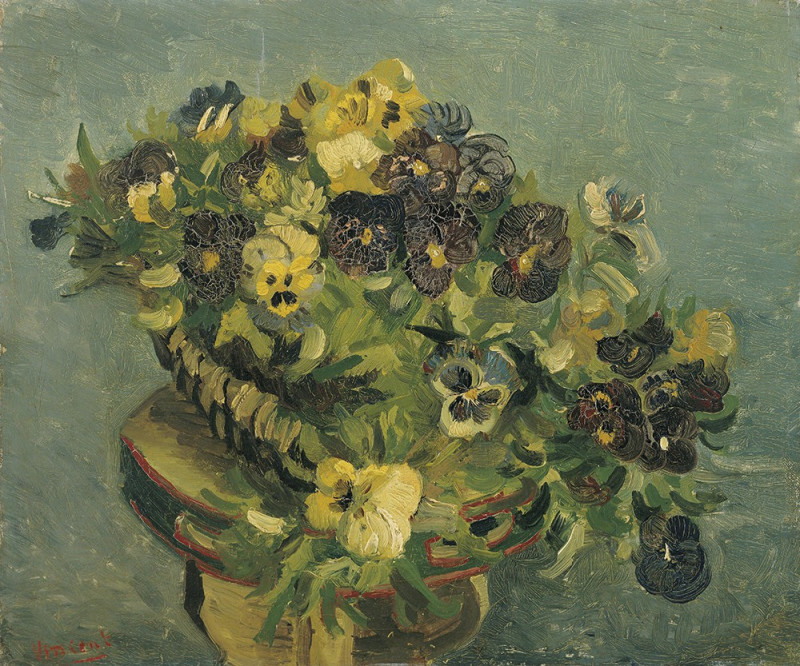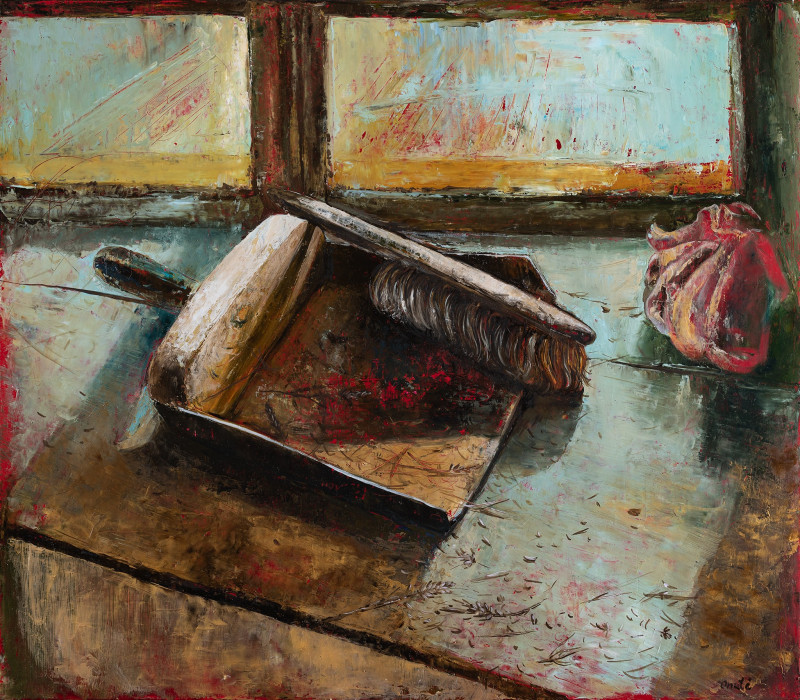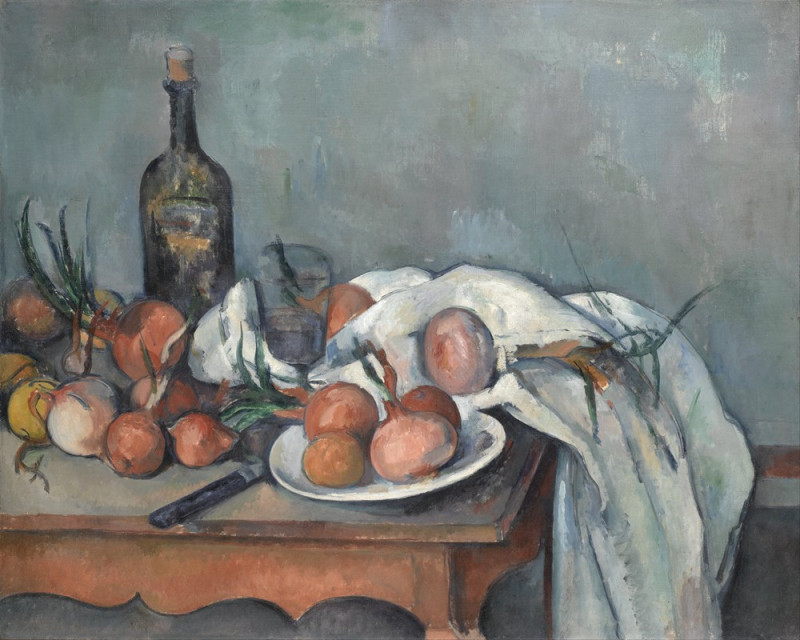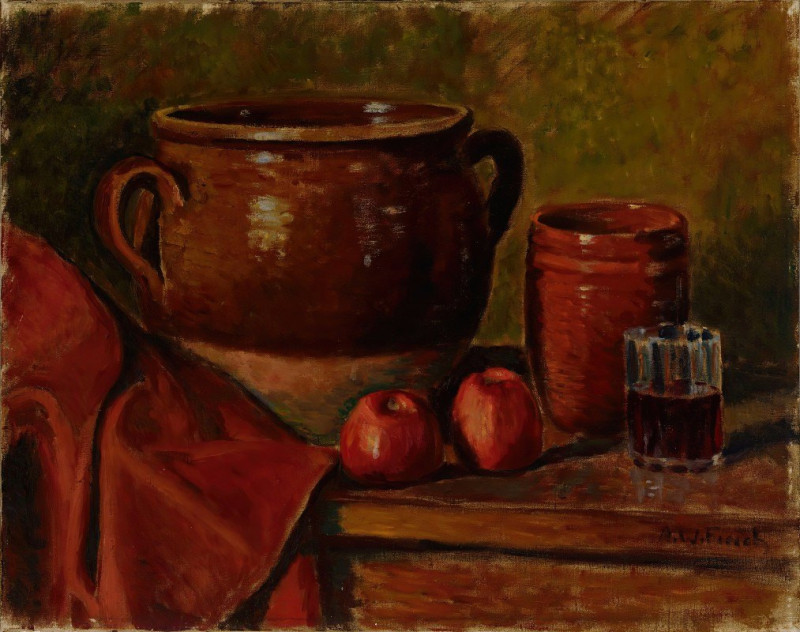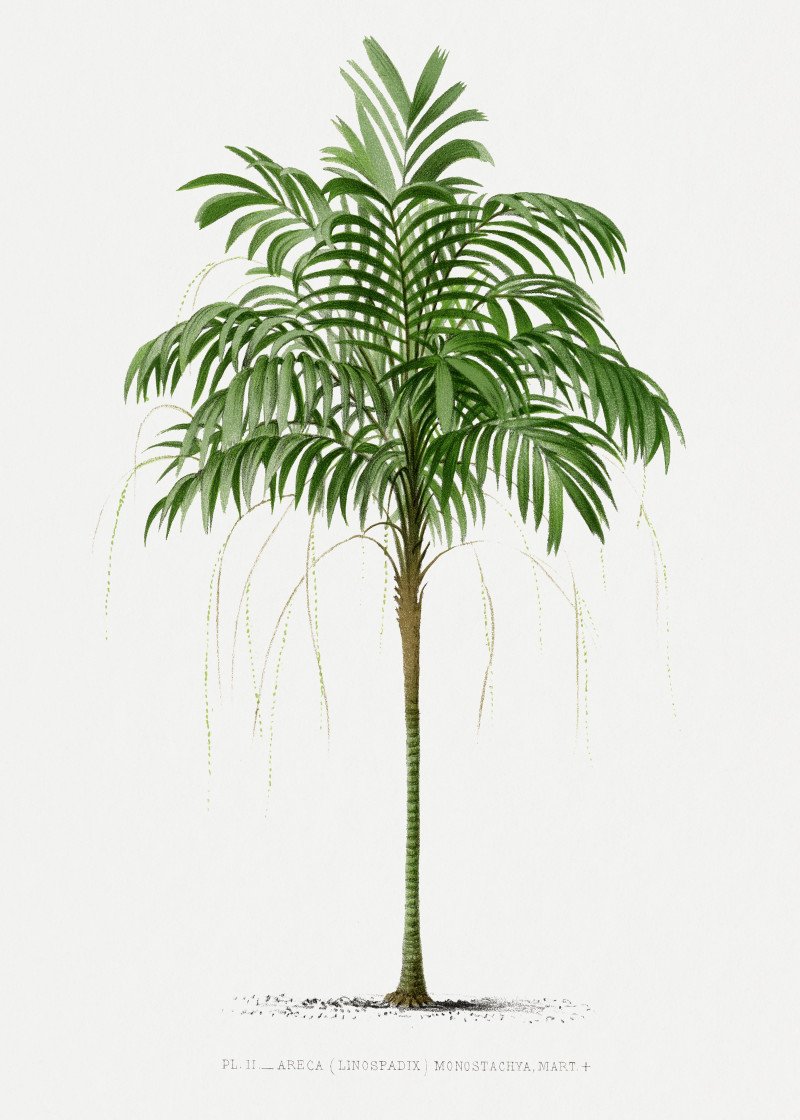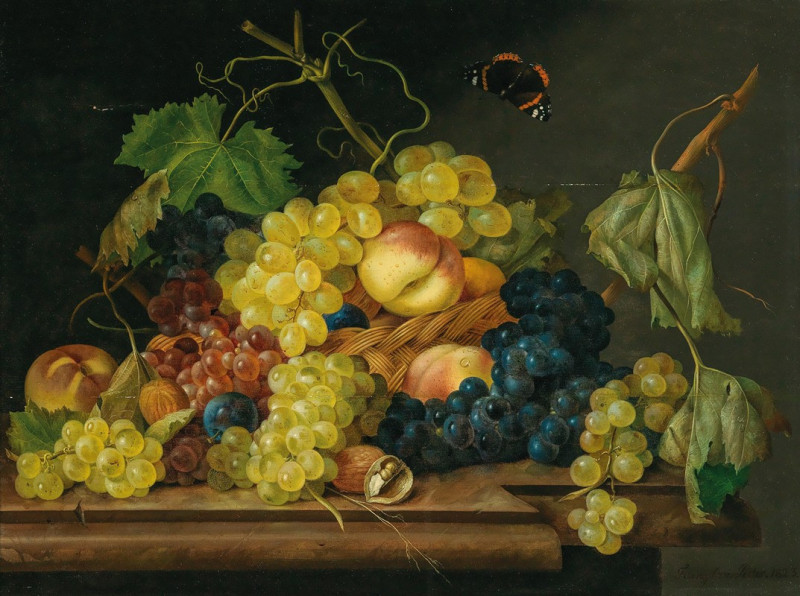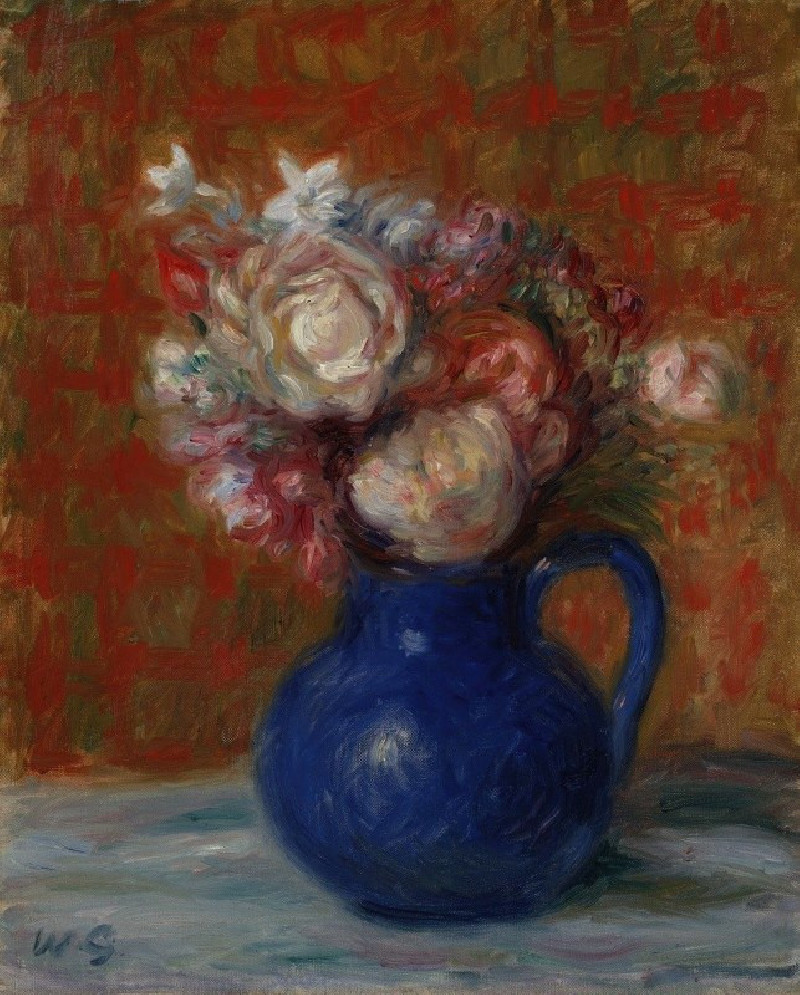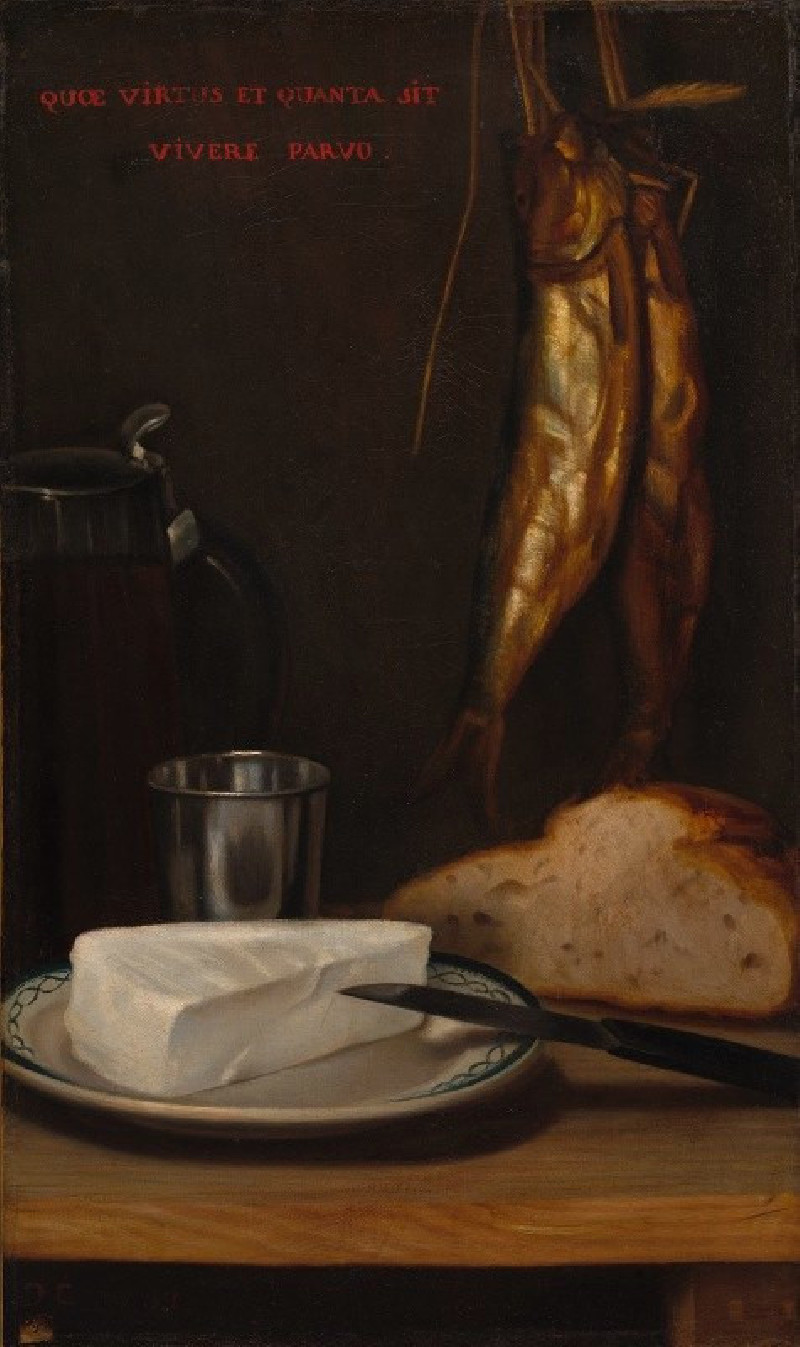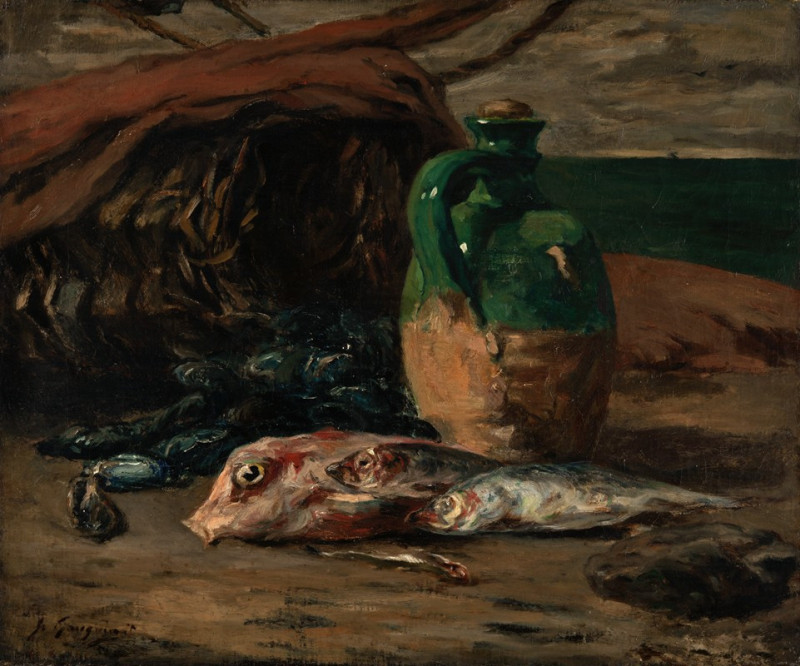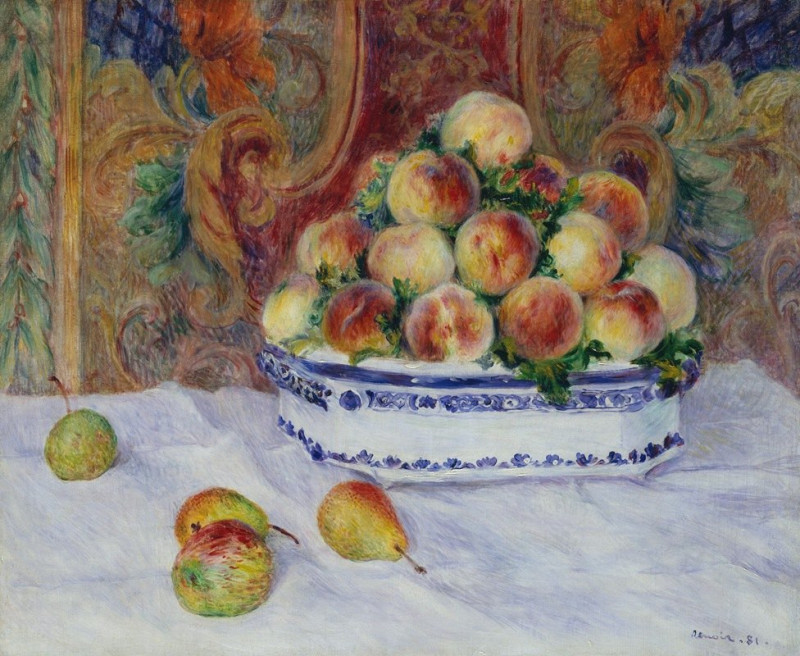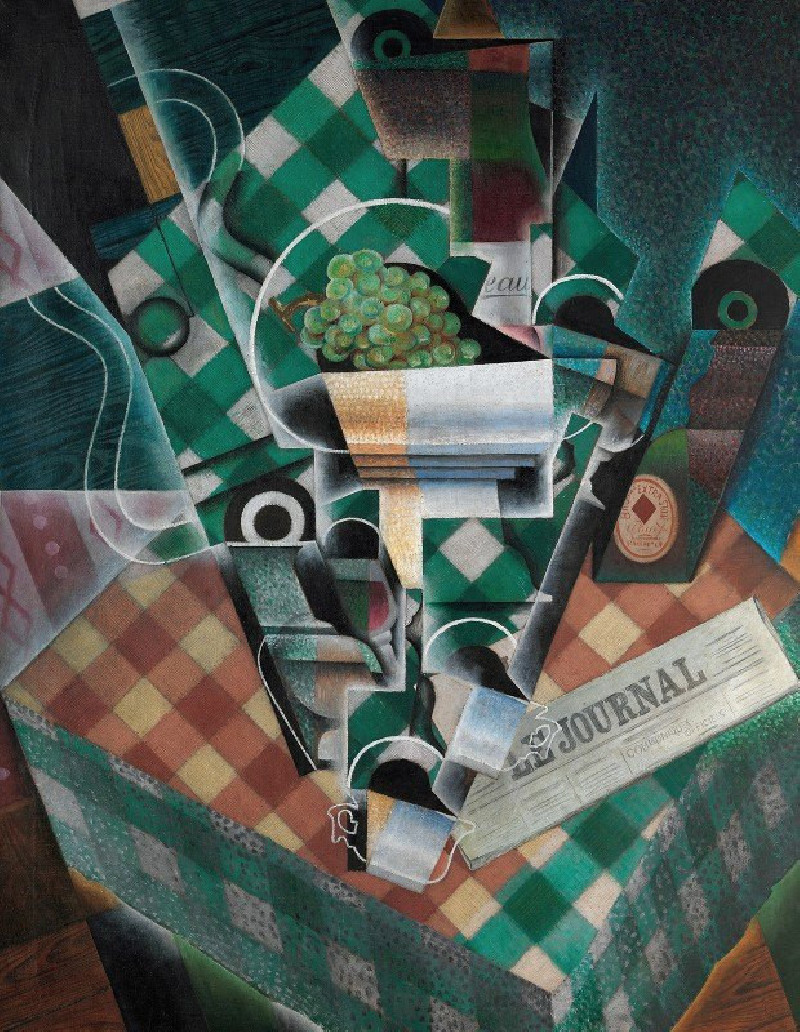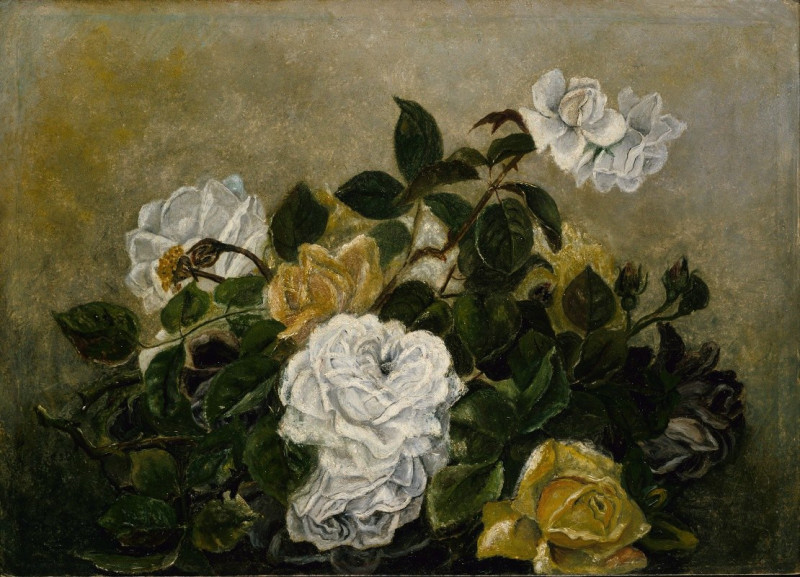Still Life with Melon and Peaches (c. 1866)
Technique: Giclée quality print
Recommended by our customers
More about this artwork
"Still Life with Melon and Peaches" is a captivating painting created around 1866 by the renowned French artist Édouard Manet. This work exemplifies Manet’s mastery in depicting everyday objects with a vivid and textural realism that invites viewers to pause and appreciate the beauty in the mundane.The composition features a richly laid table adorned with a sumptuous array of fresh fruits. Center stage is taken by a large, intricately textured melon, its vibrant green rind contrasting beautifully with the soft, ripe peaches and a cluster of fresh grapes that spill casually across a crisply draped white tablecloth. On the right, a stark black bottle and a delicate glass wine goblet add a sophisticated touch to the rustic feast, suggesting a readiness for a meal.Manet’s use of light and shadow, along with his bold yet concise brushstrokes, lends a sense of immediacy and intimacy to the scene. The contrast between the dark background and the luminous tabletop highlights the various textures and colors of the fruits, making them appear all the more tantalizing.
Delivery
Returns
Édouard Manet (1832–1883) was a French modernist painter and one of the first 19th century artists to paint modern life. His impressionist style is characterized by relatively small and thin brushstrokes that create emphasis on light depiction. Manet was one of the key artists in the transition from realism to impressionism, along with Claude Monet, Edgar Degas, and Pierre-Auguste Renoir. However, he resisted involvement in any one specific style of painting, and only presented his work to the Salon of Paris instead of impressionist exhibitions. His early masterworks, The Luncheon on the Grass and Olympia, created great controversy and served as a rallying point for other young painters.


